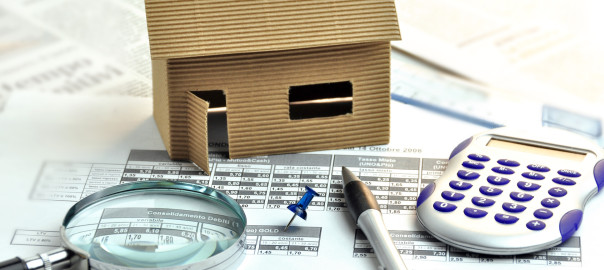Calculating True Cash Flow
By Paul Esajian on October 9, 2013
If you browse the internet or talk to fellow investors, it would appear that most every property being sold has home run potential. However, one of the easiest ways to get in trouble as an investor is to believe numbers generated by sellers without doing your own research. Upon closer inspection, a seller’s numbers may translate to a profit that is less conducive to your bottom line. What appears to be a home run may in fact only allow you to break even. Costs and expenses, especially unexpected ones, can change the picture drastically. Knowing these real expenses can make the difference between a property you make an offer on and one you pass.
A basic calculation of monthly cash flow involves deducting the mortgage principal & interest, taxes & insurance from the monthly rent. The higher the number you are left with, the greater the monthly cash flow. This may seem easy enough to calculate, but there are other variables that must be accounted for. Vacancy factor, repair expense, reserves and miscellaneous bills and upkeep must be added into the equation. Once you take a realistic look at these items, the true net cash flow number figures to be much lower.
In a perfect world, your property or unit will remain rented at all times. A more realistic scenario is that there may be some overlaps as short as one month that you will need for repairs or to find tenants. You need to put away reserves, typically 10% of your rents received, to brace for this scenario. It is when investors do not plan for the worst that they often find themselves in trouble.
As much as your tenants take care of your house, things will happen on every lease. Toilets clog, furnaces need to be serviced and dishwashers may need replacing. If you do not have the money put away to do these updates, you will either be forced to pay on credit or have your tenants suffer until you have the money to do the work. Neither scenario is a good one. It is recommended you put away another 10% of rents received to cover these repairs. You may not need this money for months, but over the course of the year, you will go through it.
Small repairs can be easy to brace for. It is the big ticket items that can break a landlord. A leaky roof or a broken furnace can deem your property un-rentable or uninsurable. These are items that need to be taken care of quickly. Here is where your long term capital reserves can either save the day or lead you on a spiral to foreclosure. Hopefully you won’t touch this money for years, but you need to have it available for when you need it. Take another 10% of your rent and put this in a separate rainy day account and hope you use it only when you want to.
Are you paying the water or sewer bill on the property? How about cutting the grass or shoveling the driveway? These seasonal expenses may seem like more of an inconvenience than a real expense, but on closer inspection, they will really add up. An average yard can cost $25-$40 to mow. If your mowing season starts in May and ends in October, you are looking at around $400 to mow the lawn every two weeks. This is in addition to the half dozen or more times a year you will have to pay to have the driveway plowed. Add this to the quarterly water and sewer bill and you could easily be at $800 a year in miscellaneous items. You would be wise to add 5-10% for these expenses when you are estimating your cash flow.
As you can see, there is a lot more that goes into monthly cash flow than you may have initially thought. The more accurately you can break down your numbers and expenses, the better properties you will buy.